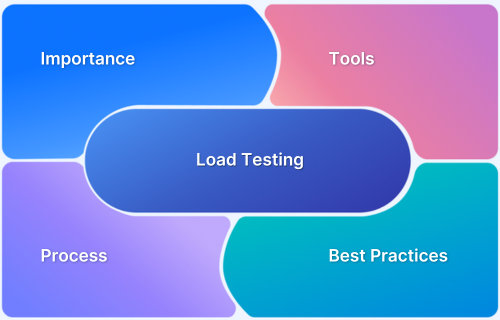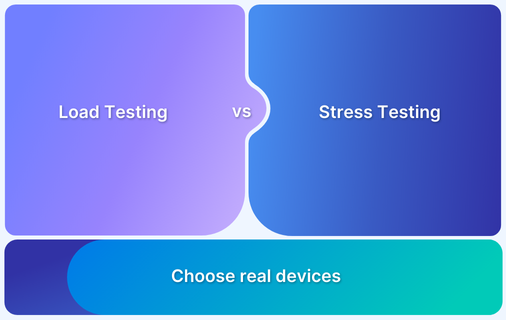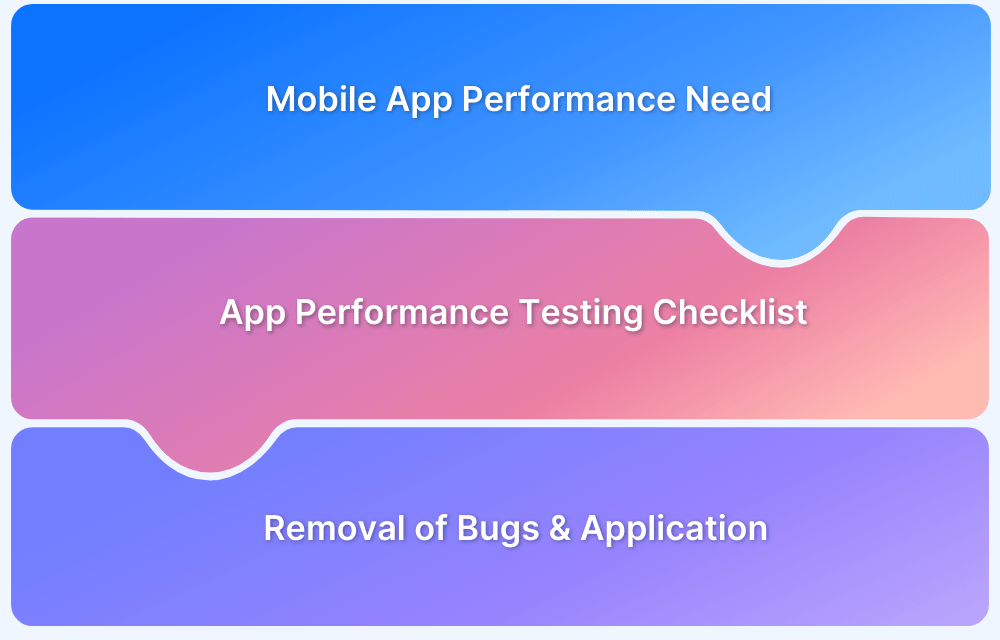Load testing is an important method for Node.js applications to handle real-world traffic without compromising performance. To build RESTful APIs, microservices, or real-time applications, testing with high user loads helps to identify performance issues and scale your product.
Overview
What is Load Testing?
Load testing is a type of performance testing that checks how a system performs under a specific load, such as multiple users accessing an application simultaneously.
What is Node.js?
Node.js is a runtime environment built on Chrome’s V8 JavaScript engine, that lets you execute JavaScript outside the browser.
What is Artillery?
Artillery is a modern, easy-to-use load testing tool designed for testing backend applications, microservices, and APIs.
Read this guide to learn more on how to load test your Node.js app using Artillery, covering everything from setup to results.
What is Artillery?
Artillery is a modern, powerful, and easy-to-use load testing tool designed for testing backend applications, microservices, and APIs. It supports HTTP, WebSockets, and Socket.io, making it ideal for real-time applications and RESTful services.
Artillery lets developers and QA teams simulate hundreds of virtual users interacting with an endpoint to understand how the application performs under stress. With built-in reporting, scenario scripting, and plugin support, Artillery stands out as a developer-friendly and scalable tool for performance testing.
Features of Artillery
Here are some of the key features of Artillery tool:
- Supports HTTP, WebSocket, and Socket.io protocols
- Lightweight and developer-friendly CLI interface
- Easy to modify scripts using YAML or JSON
- Real-time and detailed performance reports
- Integrates easily into CI/CD pipelines
- Plugin system for custom logic and metrics
- Supports distributed testing and cloud deployment
Read More: CICD with Jenkins
Working of Artillery
Artillery works by handling virtual users (VUs) that interact with your application in a controlled, repeatable manner. These users execute predefined scenarios, which are sequences of HTTP requests or WebSocket messages that copies real user behavior.
Artillery uses a configuration file to define test parameters like target URL, load phases, and user scenarios. When the test runs, it handles virtual users that perform these scenarios. It measures key metrics such as response time, throughput, and error rates during execution. After the test, Artillery generates a detailed report to help you analyze your app’s performance under load.
Load Testing Node.js with Artillery
To load test the Node.js app, define a test script in YAML or JSON that describes how virtual users should behave. Artillery will execute the script and generate a detailed performance summary. By defining user behavior scenarios and configuring traffic patterns, issues will be identified easily, and performance will be optimized to scale your app.
Prerequisites
Make sure to have the following installed in your system:
- Node.js (v14+ recommended)
- npm (comes with Node.js)
- Your Node.js app running locally or on a test server
To install Artillery globally, use this syntax:
npm install -g artillery
Steps to Perform Load Testing with Artillery
Here are some of the steps to be followed for performing load testing with Artillery:
Step 1: Create a Test Script
Create a file named load-test.yml:
config: target: "http://localhost:3000" phases: - duration: 60 arrivalRate: 10 scenarios: - flow: - get: url: "/api/users"
Step 2: Run the Test
Run the load test using:
artillery run load-test.yml
Step 3: Generate a Report (optional)
To save results and generate a report:
artillery run load-test.yml -o report.json artillery report --output report.html report.json
This provides a detailed HTML report that a user can view in a browser.
How to Interpret Your Artillery Summary Report
You can analyze the following metrics to interpret your Artillery summary report:
- Latency (min, max, median, p95, p99): Shows how responsive your app was under load.
- Requests per second: Checks the total number of requests processed per second by the system (throughput).
- Errors: Number and types of errors during the test.
- Response codes: Helps to validate expected responses (200, 404, 500, etc.).
Read More: How to write a good Test Summary Report?
Best Practices for Load Testing
Given below are some of the best practices to be followed for load testing:
- Start Small and Scale Gradually: Start with a light load on the system and increase it slowly to identify the point where performance degrades.
- Monitor System Resources and Metrics: Track CPU, memory, and network usage alongside Artillery metrics to get a complete performance picture.
- Automate Load Testing in CI/CD Pipelines: Integrate tests into your deployment pipeline to catch performance issues early and consistently.
- Include Edge Cases and Stress Conditions: Test how your app behaves under peak traffic, unexpected spikes, or unusual usage patterns.
- Review and Optimize Regularly: Use insights from each test to refine code, infrastructure, and future test cases.
Conclusion
Load testing your Node.js application is important for building reliable and scalable software. Artillery provides an efficient way to handle high-load conditions and gain insights into your application’s performance. By following some of the best practices like monitoring system metrics and automating the load testing process, you can address issues quickly before they impact real users.
You can further enhance and extend your testing to real-world conditions by using a real device cloud like BrowserStack to run tests on 3500+ real device-browser-OS combinations.






